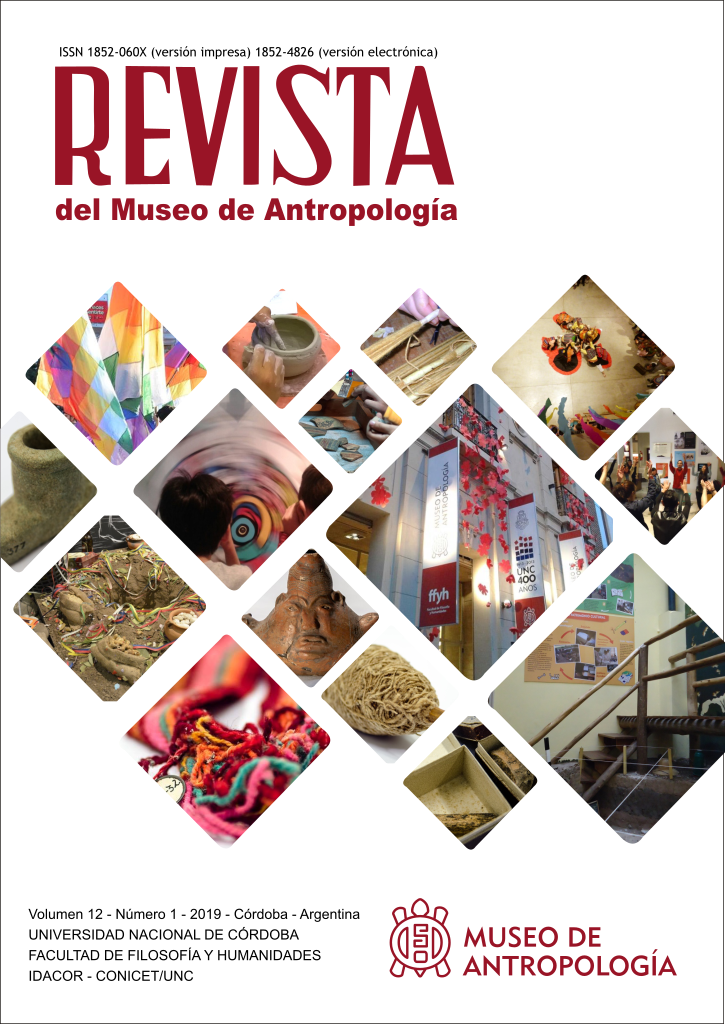To run and to compete. Interaction Rituals and lifestyle in running
DOI:
https://doi.org/10.31048/1852.4826.v12.n1.22020Keywords:
identity, ritual, urban ethnography, moralities, sportAbstract
In this article, an approach to running in Argentina is proposed from the analysis of urban races organized in the main cities of the country. Conceived as fundamental interaction rituals in this lifestyle, the races show not only the differences of running with federated athletics, but also some keys that explain the growing relevance on a global scale of the “virtuous” option for running. The way in which races are organized, the use of social networks and the massiveness of the participants also warns of the wide capacity of interpellation of very varied audiences offered by this lifestyle. This implies that running provides an extensive menu of options that the actors can adapt to their expectations and possibilities. These races then entail real urban planning challenges and identity policies for the cities that organize and authorize the realization of this kind of massive events.Downloads
References
Abeza, G., N. O’Reilly, I. Reid (2013). Relationship marketing and social media in sport. International Journal of Sport Communication, 6: 120-142.
Abidin, C. (2017). Influencer extravaganza. Commercial “Lifestyle” Microcelebrities in Singapore. En L. Hjorth, H. Horst, A. Galloway y G. Bell (eds). The Routledge Companion to Digital Ethnography. New York and London: Routledge, 158-168,
Bennet, A. (1999). “Subcultures or neo-tribes? Rehinking the relationship between youth, style and musical taste”. Sociology, 33 (3): 599–617.
Callon, M., J. Law (1998). De los intereses y su transformación. Enrolamiento y contraenrolamiento. En J. Domenech y F. Tirado (eds). Sociología simétrica. Ensayos sobre ciencia, tecnología y sociedad. Barcelona: Gedisa, 51-61.
Collins, R. (2005). Interaction Ritual Chains. Princeton University Press: Princeton y Oxford.
Crossley, N. (2005). “Mapping Reflexive Body Techniques: On Body Modification and maintenance”. Body & Society, 11(1): 1–35.
Chaney, D. (1996). Lifestyles. London: Routledge.
Dias, C. (2017). “Corrida de rua no país do futebol”. Recorde, 10 (1): 1-32.
Eagleman, A. (2013). Acceptance, motivations, and usage of social media as a marketing communications tool amongst employees of sport national governing bodies. Sport Management Review 16: 488–497.
García, S. (2016). Correr para vivir, vivir para correr. Buenos Aires: Debate.
Giddens, A. (1995). Modernidad e identidad del yo. El yo y la sociedad en la época contemporánea. Península: Barcelona.
Gil, G. (2015). “Cuerpos que corren y viajan. El trail running en la Argentina”. En Jornadas de Sociología de la UBA, 13 al 17 de julio.
Gil, G. (2018). “Deporte y estilos de vida. El running en Argentina”. Antípoda. Revista de Antropología y Arqueología, 30: 43-63.
Goffman, E. (2001). La presentación de la persona en la vida cotidiana, Amorrortu, Buenos Aires.
Green, C. y Jones, I. (2005). “Serious leisure, social identity and sport tourism”. Sport in Society, 8(2): 198–217.
Herrick, C. (2015). “Comparative urban research and mass participation running events: methodological reflections”. Qualitative Research, 15(3): 296–313.
Hijós, M. (2017). “«Fitters», «paleo» y «veggies»: nuevas formas de clasificar lo comestible. Educación Física y Ciencia, 19(2), e034. https://doi.org/10.24215/23142561e034.
Illouz, E. (2007). Intimidades congeladas. Las emociones en el capitalismo. Buenos Aires: Katz.
Latour, B. (2007). Nunca fuimos modernos. Ensayo de antropología simétrica. Buenos Aires: Siglo XXI.
Latour, B. (2008). Reensamblar lo social. Una introducción a la teoría del actor-red. Buenos Aires: Buenos Aires.
Marcus, G. (1995). Ethnography in/of the World System: The Emergence of Multi-Sited Ethnography. Annual Review of Anthropology, 24: 95-117.
Palmer, C. (2004). Death, danger and the selling of risk in adventure sports. En B. Wheaton (ed). Understanding Lifestyle Sports. Consumption, identity and difference. Londres: Routledge.
Scheerder, J., K. Breedveld y J. Borgers (eds.) (2015). Running across Europe. The Rise and Size of One of the Largest Sport Markets. Hampshire: Palgrave Macmillan.
Segalen, M. (1994). Les enfants d’Achille et de Nike. Une ethnologie de la course à pied ordinaire. Paris: Éditions Métailié.
Shipway, R., I. Holloway (2016). “Health and the running body: Notes from an ethnography”. International Review for the Sociology of Sport, 51(1): 78-96.
Shipway R., I. Holloway, I. Jones (2013). Organisations, practices, actors, and events: Exploring inside the distance running social world. International Review for the Sociology of Sport, 48(3): 259–276. DOI: 10.1177/1012690212442135.
Sibilia, P. (2008). La intimidad como espectáculo. Buenos Aires: Fondo de Cultura Económica.
Skeggs, B. (2004). Class, Self, Culture. London: Sage.
Thompson, A., M. Andrew, S. Gee, A. Geurin (2016) Fans’ Perceptions of Professional Tennis Events’ Social Media Presence: Interaction, Insight, and Brand Anthropomorphism. Communication & Sport, 5 (5): 579–603.
Van Gennep, Arnold (2008) Los ritos de paso. Madrid: Alianza.
Downloads
Published
Issue
Section
License
Those authors who have publications with this Journalaccept the following terms:
a. Authors will retain their copyrights and guarantee the journal the right of first publication of their work, which will be simultaneously subject to the Creative Commons Attribution License (Licencia de reconocimiento de Creative Commons) that allows third parties to share the work as long as its author and his first publication in this journal.
b. Authors may adopt other non-exclusive licensing agreements for the distribution of the version of the published work (eg, deposit it in an institutional electronic file or publish it in a monographic volume) provided that the initial publication in this journal is indicated.
c. Authors are allowed and recommended to disseminate their work on the Internet (eg in institutional telematic archives or on their website) before and during the submission process, which can lead to interesting exchanges and increase citations of the published work. (See The Effect of Open Access - El efecto del acceso abierto)












